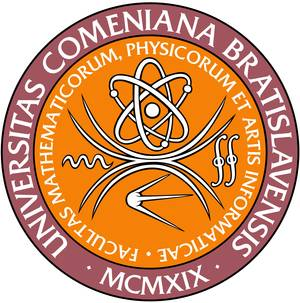Katedra astronómie, fyziky Zeme a meteorológie, FMFI UK, Bratislava, |
Contribution of photocatalytic and Fenton-based processes in nanotwin structured anodic TiO2 nanotube layers modified by Ce and VThirunavukkarasu G. K., Gowrisankaran S., Caplovicova M., Satrapinskyy L., Gregor M., Lavrikova A., Gregus J., Halko R., Plesch G,, Motola M., Monfort O. |
|
Abstrakt: In the present work, nanotwinned structured TiO2 nanotube (TNT) layers are prepared by electrochemical anodization technique to form the anatase phase and by surface modification via spin-coating of Ce and V precursors to form Ce-TNT and V-TNT, respectively. The surface and cross-sectional images by SEM revealed that nanotubes have an average diameter of ~130 nm and a length of ~14 µm. Additionally, TEM images revealed the nanotwinned structure of the nanotubes, especially anatase (112) twin surfaces, that increases the transport of photogenerated charges. The photo-induced degradation of CAF by TNT, Ce-TNT, V-TNT led to the degradation extent of 16%, 26% and 33%, respectively, whereas it increased to 26%, 38%, and 46% in the presence of H2O2, owing to the synergy between photocatalysis and Fenton-based processes. This synergetic effect accounts for about 10% of the total degradation extent of CAF. Finally, the mechanism of the photo-induced degradation of CAF was investigated. The main oxidative species were the hydroxyl radicals and the better efficiency of V-TNT over Ce-TNT and TNT was ascribed to its negative surface, thus improving interactions with CAF.
|
|
|

|
|
DOMOV |
| ČLENOVIA |
| VÝSKUM |
| PUBLIKÁCIE |
| ŠTUDENTI |
| LINKY |
|
KONTAKT
|

|
|
Prihlásený(á): igor Odhlásenie |